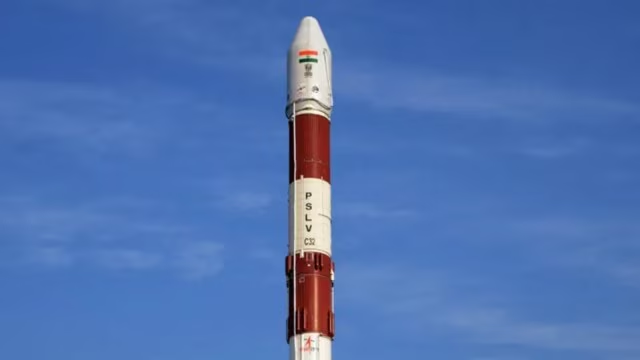


FAST DOWNLOAD
India’s rocket PSLV is all set to launch a pair of unique experiments developed by the European Space Agency on December 4. First in the world, Proba-3 mission will see two satellites in a formation parallel to each other for long durations.
The satellite pair has been designed to study the solar corona — the outer layer of the Sun’s atmosphere. These satellite instruments — such as the one on India’s Aditya L1 mission — have a coronagraph to look at the sun and an occulter to block the light from the brighter layers of the sun.
However, instead of having both as one instrument on a single satellite, this mission will have one satellite with the coronagraph and another one with the occulter. The satellites will be flying in a parallel formation at distances of around 150m from each other for six hours a day. For the formation, the satellites will use a laser shone from one satellite on a reflector on the other, to maintain relative position.
The two satellites will fly in formation for six hours, separate away and then rendezvous again. (Representational image/File)
India’s rocket PSLV is all set to launch a pair of unique experiments developed by the European Space Agency on December 4. First in the world, Proba-3 mission will see two satellites in a formation parallel to each other for long durations.
The satellite pair has been designed to study the solar corona — the outer layer of the Sun’s atmosphere. These satellite instruments — such as the one on India’s Aditya L1 mission — have a coronagraph to look at the sun and an occulter to block the light from the brighter layers of the sun.
However, instead of having both as one instrument on a single satellite, this mission will have one satellite with the coronagraph and another one with the occulter. The satellites will be flying in a parallel formation at distances of around 150m from each other for six hours a day. For the formation, the satellites will use a laser shone from one satellite on a reflector on the other, to maintain relative position.
Once in the tandem orbit, the satellites will demonstrate Collision Avoidance Manoeuvre, whereby the satellites will autonomously — without any support from the ground — ensure that they do not collide or run away from each other. The two satellites will fly in formation for six hours, separate away and then rendezvous again.
The benefit of having the two components for solar corona study on different satellites is that instruments larger than what can be accommodated on one satellite can be achieved in space. This will allow scientists to study fainter signals from smaller or more distant objects.
The spacecrafts so far have been brought into aligned orbit for docking — connecting with each other in space. A Swedish mission also demonstrated formation flying for brief periods, maintaining cm-level accuracy over tens of metres.


